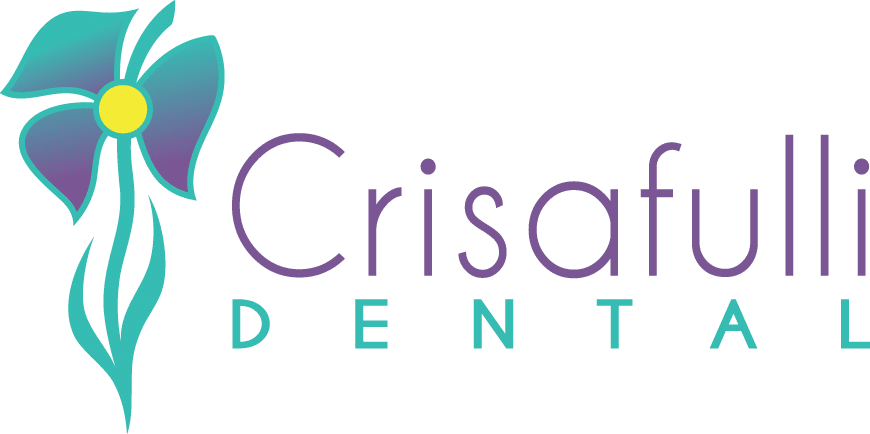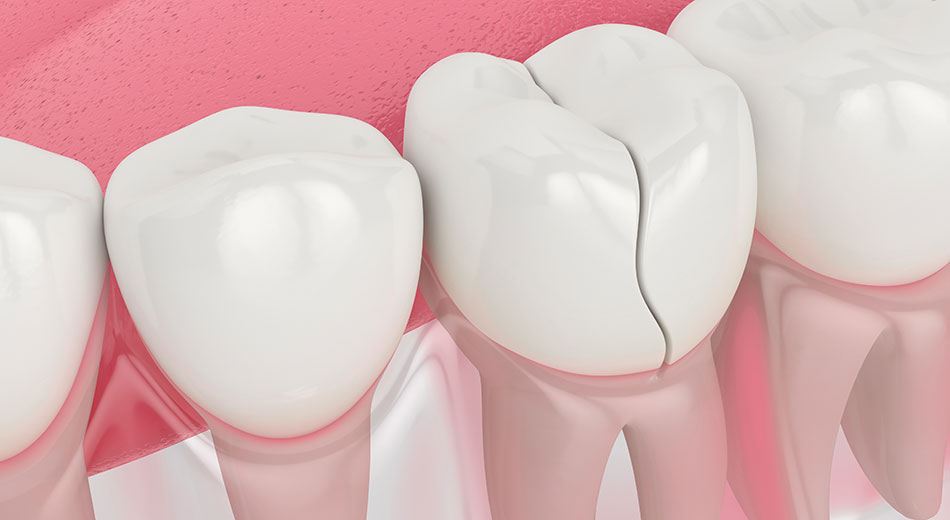When considering two common treatments for damaged teeth, dental onlays and traditional fillings, it’s essential to understand the advantages and disadvantages of each option. In this post, we’ll explore how relying on a dental onlay versus a traditional filling can be beneficial or detrimental in repairing tooth damage. With an understanding of the pros and cons of these procedures, readers will gain insight into which approach is most suitable for their individual needs.
Understanding Dental Onlays and Traditional Fillings
If you’ve sustained damage or decay in your teeth, a dental onlay can be the perfect solution. Rather than using traditional filling methods of shaping and composite materials to fill affected areas, onlays are created with an even more extensive process; first removing any damaged area before making custom-fit acrylic resin or porcelain/gold inlays that cover the remaining portion of a tooth for extra sturdiness and longevity.
The Pros of Choosing Dental Onlays
When it comes to dental repair, onlays provide advantages over regular fillings. Not only are they far more resilient and better protect your teeth from future damage, but they also enable dentists to preserve the natural tooth structure by requiring less drilling – reducing any potential sensitivity in that area. Additionally, compared to traditional fillings, you receive an aesthetically pleasing result as porcelain or gold onlays can flawlessly integrate into your existing teeth for a beautiful smile without interruption!
The Onlay Process
Here are the general steps for adding dental onlays:
Examination and preparation: The dentist will examine the affected tooth and determine if an onlay is the best solution. If an onlay is preferred, the dentist will prepare the tooth by removing any decay or damage and shaping it to accommodate the onlay.
Impression: After the tooth is prepared, the dentist will take an impression of the tooth and the surrounding teeth. This impression will be used to create a custom-made onlay that fits the tooth perfectly.
Temporary onlay: While waiting for the final onlay to be made, the dentist will place a temporary onlay onto the tooth to protect it from further damage.
Fitting and bonding: Once the custom-made onlay is ready, the dentist will check the fit and make any necessary adjustments. When the onlay fits perfectly, it will be bonded onto the tooth with a dental adhesive.
Polishing: The onlay will be polished to match the color and texture of the surrounding teeth, giving it a natural appearance.
Final check-up: The dentist will schedule a follow-up appointment to ensure the onlay functions correctly, and the patient is comfortable with it.
Adding dental onlays typically involves two appointments and can be completed in a few weeks. Dental onlays can last many years with proper care, providing a durable and aesthetically pleasing solution to tooth damage.
The Cons of Choosing Dental Onlays
Investing in an onlay is more costly than a conventional filling due to the lengthy amount of work involved and the additional materials needed. In addition, it necessitates two or more visits before completion, like no other procedure. Furthermore, onlays are sometimes required when teeth have shifted from decay or trauma; porcelain and gold varieties can be used for the best accuracy.
Making the Decision
When deciding between dental onlays and traditional fillings, it is essential to consult with a dentist. The dentist can assess your individual case and determine which treatment option is best for you. Finding a reputable dentist experienced in performing these types of procedures is also important. Ask questions about their experience and ensure they are comfortable with the procedure you are considering.
An onlay is more attractive and resilient than traditional fillings if your tooth has sustained extensive damage. Nevertheless, the process of receiving dental onlays can be time-consuming and costly. Contact an experienced dentist for advice and consultation before deciding about this procedure. Here at our practice, we are dedicated to providing helpful insight into what getting a dental onlay entails and how you can benefit from it; book your appointment today!




